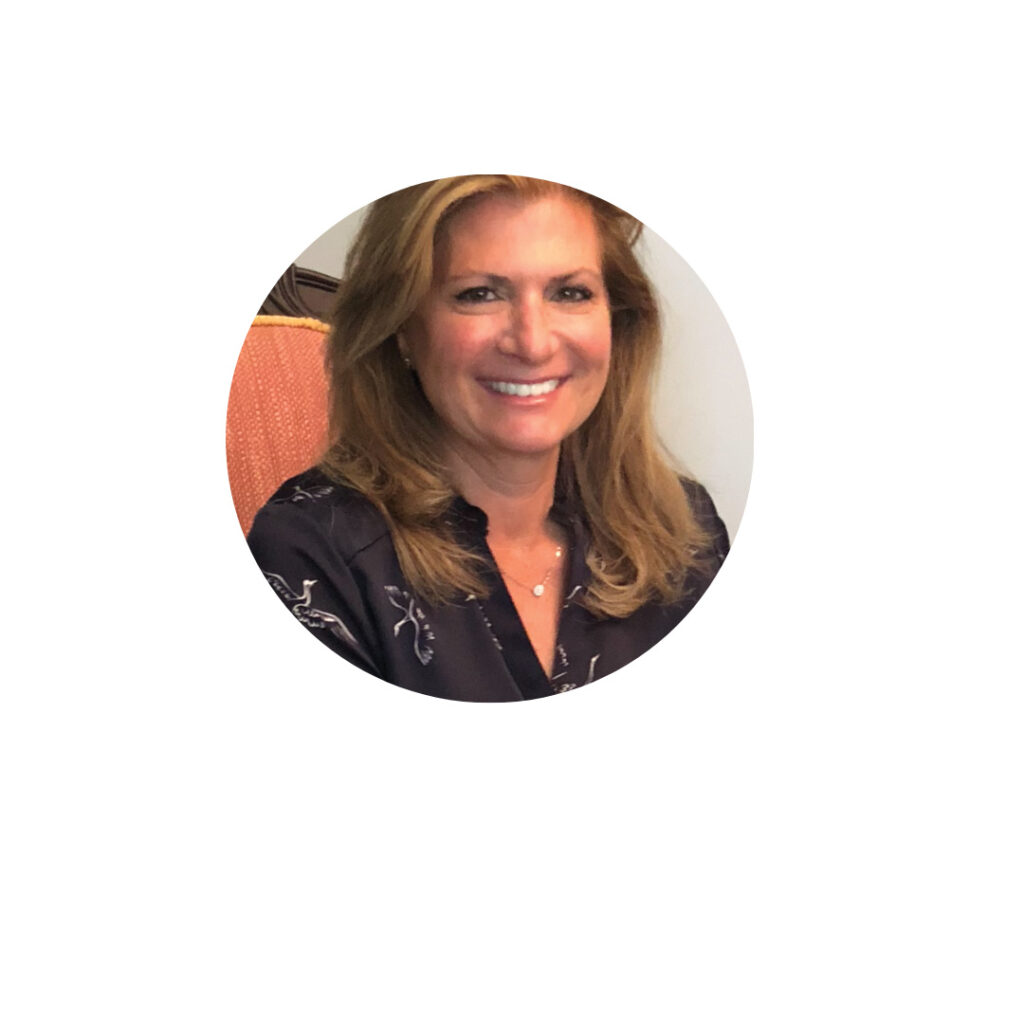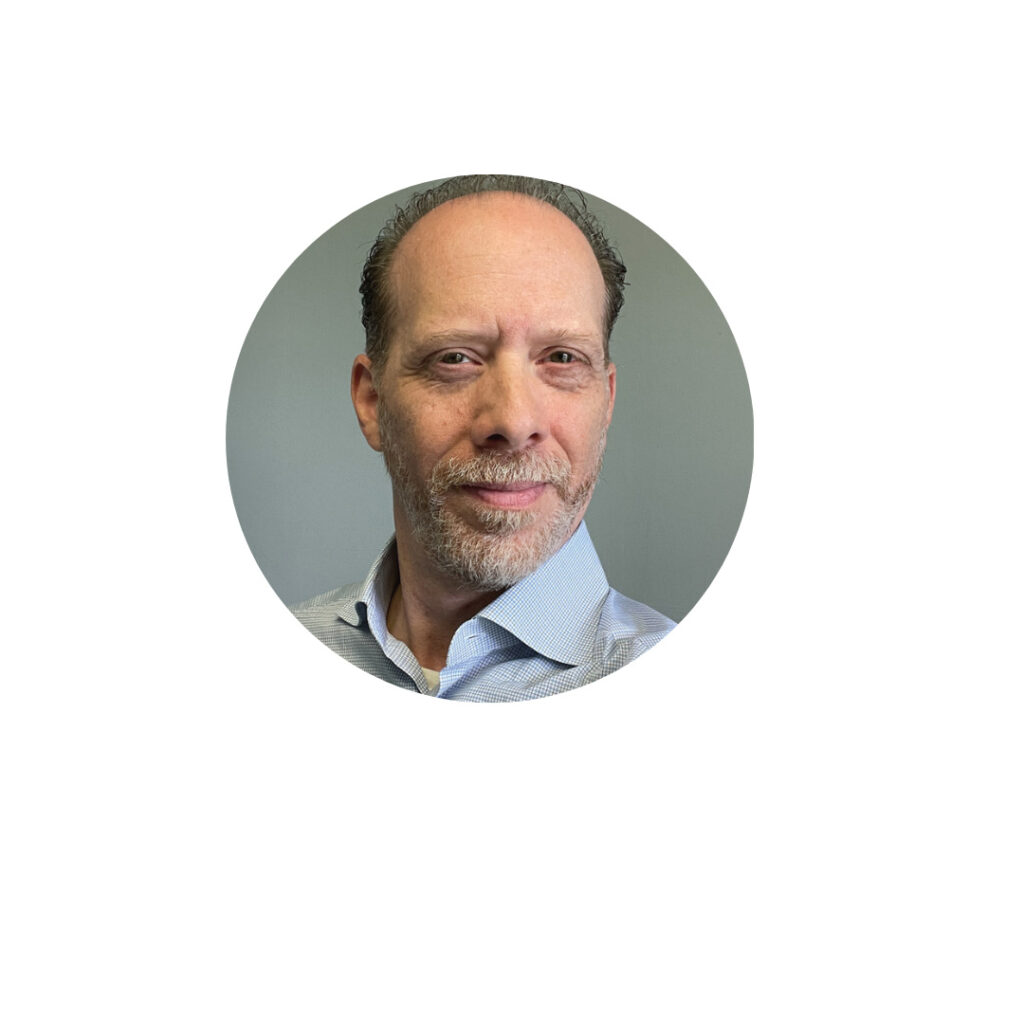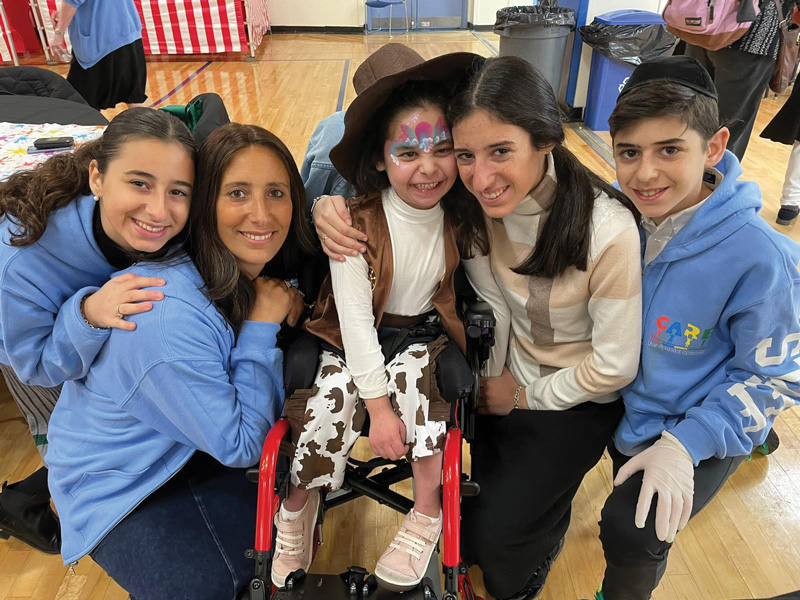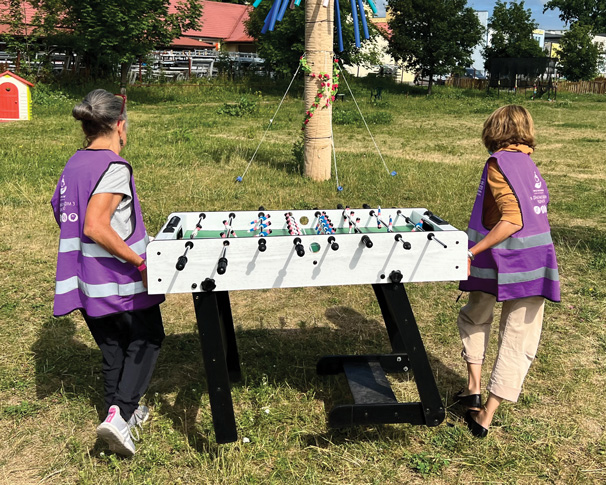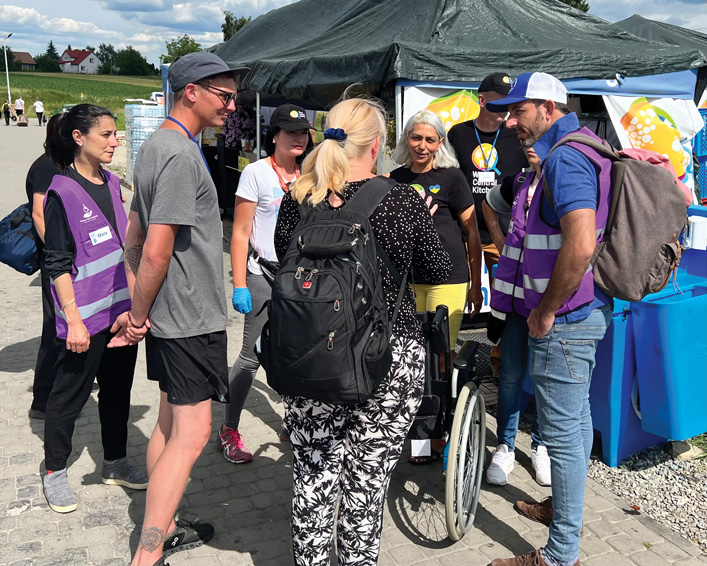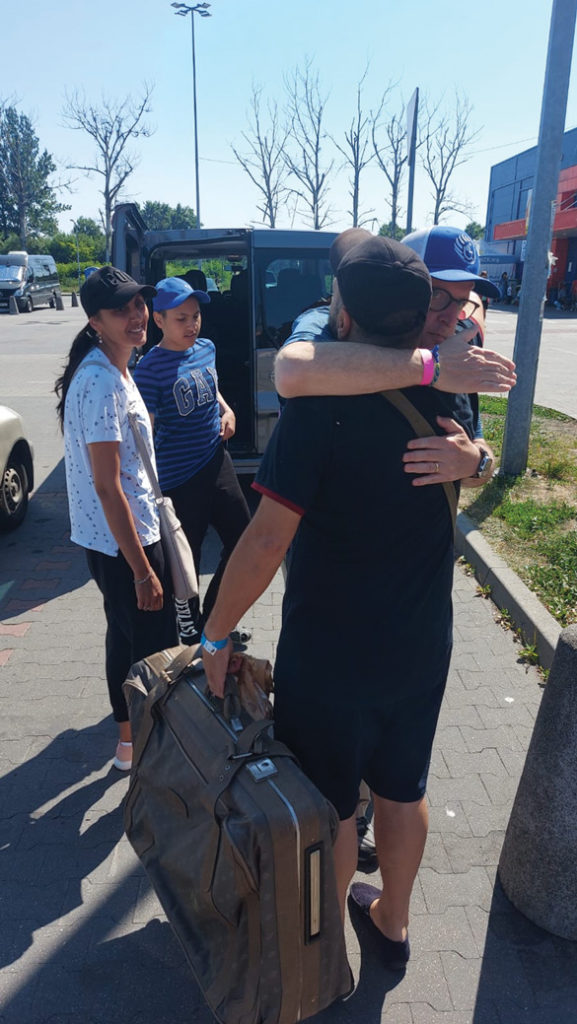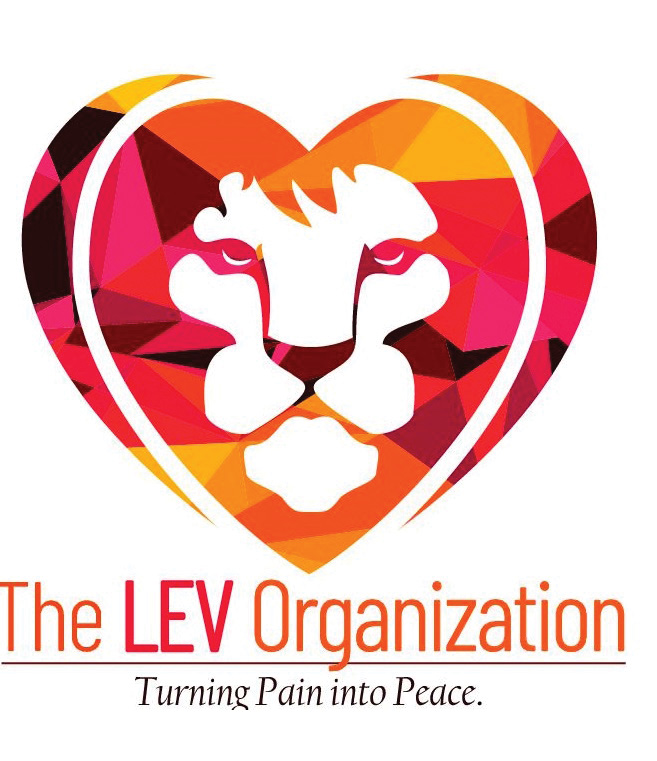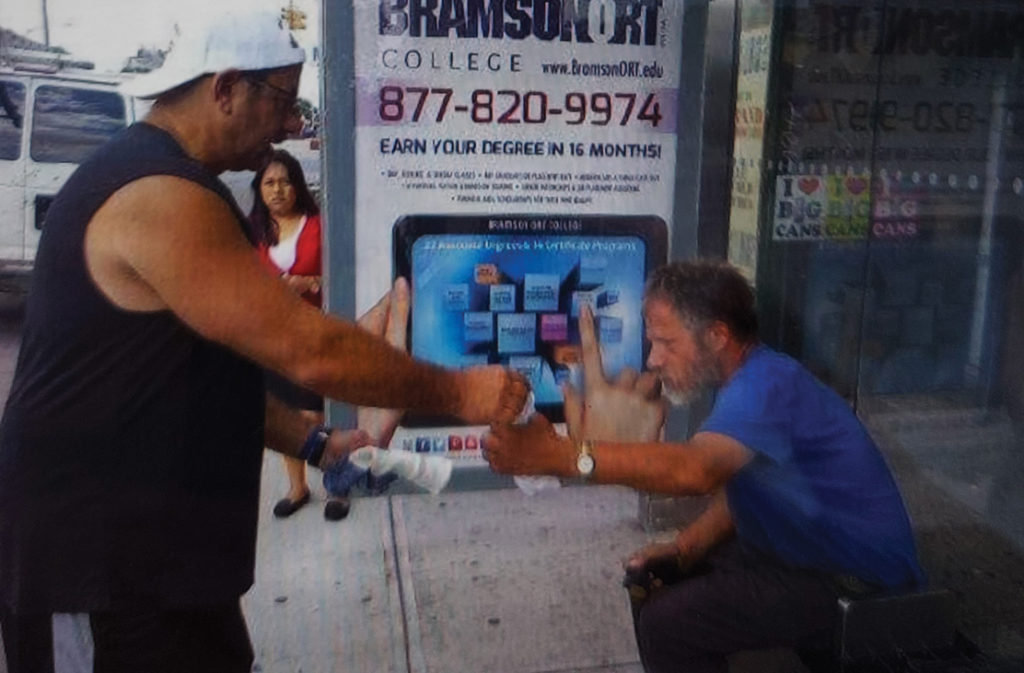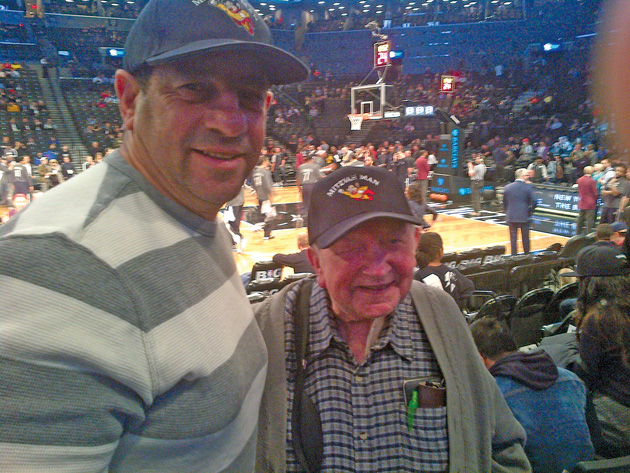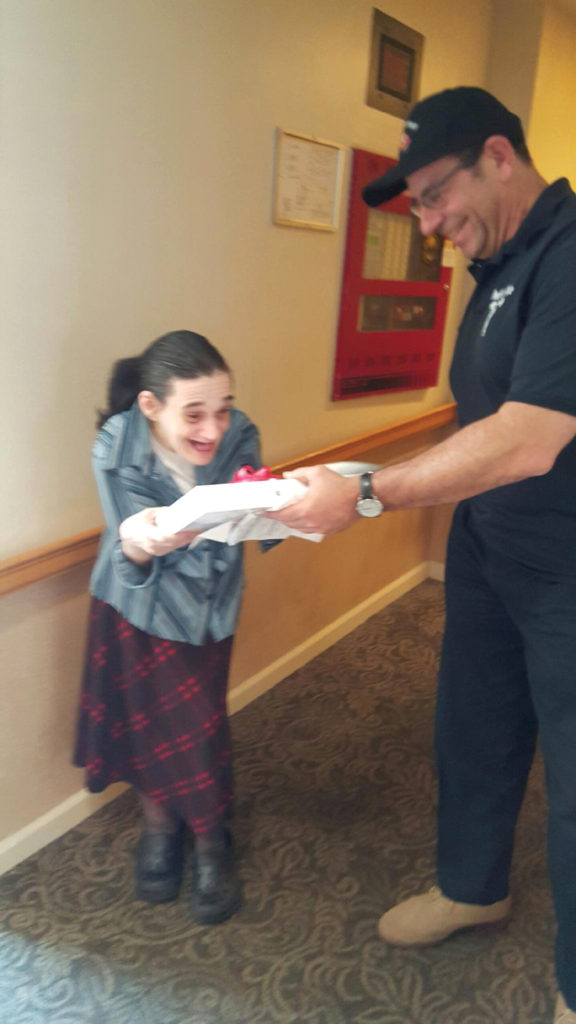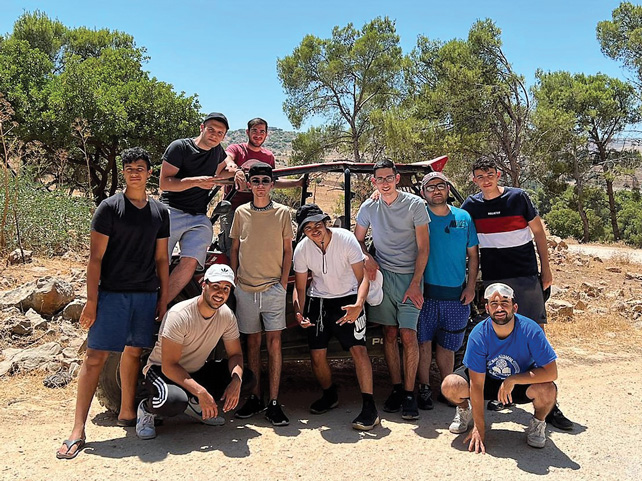CHRONIC EAR INFECTIONS & EXCESSIVE MIDDLE EAR FLUID IN CHILDREN:
AN ALTERNATIVE APPROACH
Dr. John A. Viole
CHRONIC EAR INFECTIONS (OTITIS MEDIA) AND EXCESSIVE FLUID IN THE MIDDLE EAR ARE SIGNIFICANT PROBLEMS THAT AFFECT SO MANY CHILDREN TODAY. IN THE UNITED STATES, MYRINGOTOMY AND TUBE PLACEMENT SURGERY HAVE BECOME A MAINSTAY OF TREATMENT FOR RECURRENT OTITIS MEDIA IN CHILDREN. AN ARTICLE PUBLISHED IN THE MARCH 1998 CONSUMER REPORTS STATED THAT “THE NUMBER OF MYRINGOTOMIES HAS RISEN NEARLY 250% IN RECENT YEARS, MAKING THE OPERATION THE SIXTH MOST COMMON OPERATION IN THE UNITED STATES.”
According to the New York University School of Medicine, myringotomy and tube placement is the most common surgical procedure performed in children as of 2003, largely because otitis media is the most common reason for children to be taken to a doctor’s office. Tube surgery can be effective in relieving the pressure in the middle ear caused by excessive fluid.
When a child suffers with chronic ear infections and fluid within the middle ear, the child can often suffer with pain and some level of hearing loss. The first course of action is to give the child antibiotics and other medications to clear up the infection and fluid. If the child responds favorably and the condition does not return then no further treatment is necessary. But all too often children will respond only temporarily to medication. In these cases, within weeks after the medication has been stopped the infection and/or fluid returns. What frequently happens with a child in this situation is that numerous rounds of different medications are tried for months and sometimes years before the MD decides that the child needs to have tubes surgically inserted to relieve the fluid build-up and hopefully prevent further ear infections and hearing loss.
Unfortunately, though this procedure often relieves the symptoms, it does not address the cause of the excessive fluid. I have often heard from parents, whose children have had tube surgery, that the tubes eventually fall out and the problem returns. Though tube surgery is at times necessary, it should always be a last resort. It requires a child to be put under general anesthesia to do the surgery.
CHIROPRACTIC TREATMENT OFFERS AN ALTERNATIVE AND OFTEN HELPS IN THE PREVENTION OF RECURRING EAR INFECTIONS
Chiropractic treatment is often very effective in treating children with this chronic and recurring condition. In the October 1998 issue of the Ladies Home Journal appeared an article entitled, “Chiropractic Adjustments for Chronic Ear Infections.” This article reviewed several studies showing the effectiveness of chiropractic care for preventing reoccurring ear infections.
According to the article, reoccurring ear infections account for over 35% of all pediatrician visits in the United States. Sometimes these infections are due to bacteria and sometimes they are due to a virus. While the article mentions that an antibiotic may be effective in an acute bacterial infection, they do nothing to stop repeat infections. Research and statistics are now showing that repeated use of antibiotics is contributing to future infections by creating drug-resistant bacteria. As per the article, the surgical approach often does not confer long term results as the “tubes” placed in children’s ears often fall out.
“Chiropractic Care of 401 Children with Otitis Media: A Pilot Study,” found in the March 1998 edition of Alternative Therapies and authored by Fallon and Edelman, concluded, “There is a strong correlation between chiropractic adjustment and the resolution of otitis media for the children in this study.”


Many studies have been done since 1998 on this subject and have shown essentially the same encouraging results regarding chiropractic treatment and otitis media.
As some you may be aware, I am the chiropractor who had worked with the late pediatrician, Dr. Steven Fries, for over 16 years treating many hundreds of children who had suffered with chronic and recurrent ear infections and/or fluid in the middle ear. These children did not respond favorably to numerous trials of different medications. Our records, over those years, indicated that a significant majority of the children we treated, approximately 73%, experienced excellent results. Most of these children were candidates for myringotomies, but due to our work a significant number were able to avoid the surgery and no longer suffered with recurrent ear infections. Since Dr. Fries himself was Orthodox, many of his patients were from the Jewish community. Consequently, a prevalent number of the children I treated with this problem were also from the Jewish community.
The chiropractic treatments are gentle and non-invasive. There are no side effects. The only negative outcome that Dr. Fries and I experienced in over 16 years of working together was that some children would not respond to the treatment. This occurred approximately 27% of the time and therefore surgery would become necessary. (As stated, we were successful approximately 73% of the time.)
Most chiropractors do not specifically treat children with this condition, so a chiropractor with extensive experience specifically treating children with this problem will greatly enhance the chances of having a successful result.
I will be happy to talk with any parent who may be considering this option so that they may fully understand this alternative treatment. Please fell free to call me at (718) 934-0007.
I am a chiropractor for over 30 years working in the Marine Park section of Brooklyn. I treat numerous conditions such as headaches, neck and shoulder pain, back pain, sciatic pain, and various other conditions. Over the years treating children with chronic and recurrent ear infections has been a specialty of my practice. Serving the Jewish community, both children and adults, has been a significant part of my practice.











